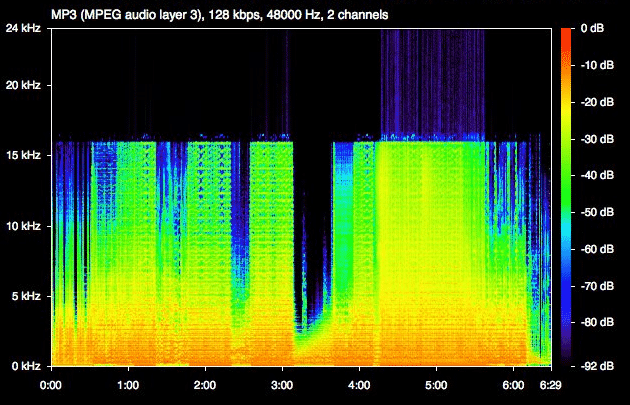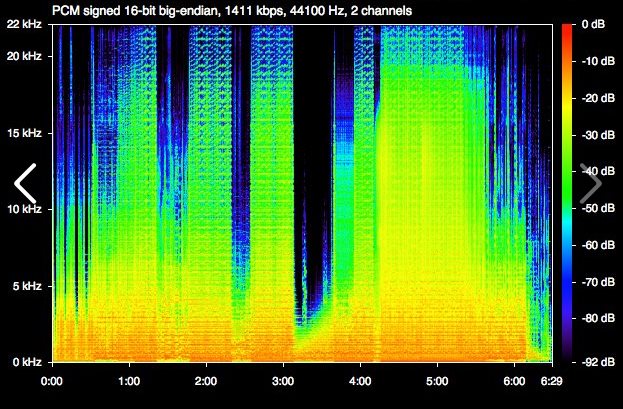We intentionally use the word “professional” on our website to characterize a set of factors that make a choro backing track extremely pleasurable to play along with. Ultimately, we are talking about the lived experience of performing with a play-along track.
So what’s involved in producing a professional backing track? There are many aspects to mention, but here is a summary:
1) Quality of the base musicians
Take a look at who are the musicians behind each of the songbooks listed on ChoroMusic.com or ChoroPlaybacks.com and you will notice that they are the best choro players and ensembles in Brazil from the present or recent past: Regional Época de Ouro, Regional Imperial, Regional Noites Cariocas (Déo Rian), Izaias e seus Chorões, Regional do Zé da Velha, Regional do Edmilson Capelupi, and other great musicians who participated as guests: Paulão 7-cordas, Ítalo Peron, Marco Bertaglia, Milton Mori, Arnaldinho do cavaco, Getúlio Ribeiro, Felipe Dourado, etc.
2) Quality of the scores and arrangements
Much preparation takes place to obtain the final recording. The recording has an associated arrangement and its respective parts (scores).
The arrangement usually comes from a historical recording of the choro. Someone qualified had to transcribe the melody and harmony of the recording and generate the score for the musicians.
Even for unpublished songs, done based on manuscripts and with no reference recording available (“A Bruta” by Zequinha de Abreu, “Gorjeando, “Grelando” by Pixinguinha, etc.), someone with a lot of experience in choro had to harmonize the music and build a basic arrangement.
Ítalo Peron did the vast majority of musical reviews and harmony transcriptions of our recordings and scores.
When it comes time to record, the talent of our choro ensemble musicians brings the arrangements to life, often resulting in a few minor changes or improvements, if you will, such as: new “baixarias”, guitar conventions, rhythmic and instrumental variations.
3) Quality of the recording
A professional studio and qualified technicians are always involved. Our studios of preference are Studio 185 in São Paulo and Studio Umuarama in Rio de Janeiro.
The quality of the studio rooms, microphones, equipment and the technician’s competence in putting it all together makes all the difference. It is not possible to compare the final result with a homemade recording.
4) Quality of mixing and mastering
There are many details here, but guitar conventions and brakes perfectly synchronized, various noises identified and cut, out-of-sync solo segments identified and corrected, details in tuning, volume of each instrument, etc, etc, etc …
Someone with experience on the subject dedicated energy to each track of the disc, working in the aspects listed above, producing a recording with an extra level of quality.
Mastering is another important topic and adds the finishing touch to your experience of playing along with the base music.
5) Final audio distribution format: MP3 or FLAC?
We invite the reader to take the time to understand this very important subject and, if possible, look for other sources to educate yourself on this issue.
A recording with the best musicians, made by the best arrangers and the best studios can be “spoiled” when using an inappropriate audio format in your performance.
That’s right, if you’ve been listening to/performing with music from MP3 files you’re potentially missing out in sound quality.
That’s because producing a MP3 file requires data compression, that is, the original high-quality audio files (CD-quality) such as WAV, AIFF, WMA, with 40 to 60Mb in size on average for a choro, undergo some type of compression to become a 3 to 6Mb file.
The size of the audio file cannot be precisely connected with the quality of the sound but it is, in many cases and in practical terms, related to it.
When we talk about transmission/reception of files on the internet, storage utilization in your computer, cell phone or tablet, and the compatibility between the many operating systems on different platforms, MP3 files are definitely attractive. On the other hand, the loss of sound quality is significant.
That is why the FLAC (Free Lossless Audio Codec) standard compression was invented. This format reduces the size of the original audio file in about 50%, but maintains almost 100% of the sound quality of the original file. In other words, it has “CD quality.”
ChoroPlaybacks.com and ChoroMusic.com offer MP3 (320Kbps) and FLAC in all its audios.
The easiest way for you to compare the sound quality obtained with MP3 and FLAC is to listen to the same audio yourself, with good speakers or headphones.
But here’s a visual comparison. Consider that the frequency of human hearing is in the range 20 to 20,000 Hz, with some people being able to detect frequencies in the laboratory up to 28,000Hz.
See in the spectrograms below, how the compression of audio files implies in information loss and can directly impact sound quality:
All the frequencies were maintained because there was no loss of information in the compression.
2) MP3 file of the highest quality (320Kbps)

Note how frequencies above 20,000Hz were cut. Information between 0 and 20,000Hz, although not visible in the graphic, were also lost due to compression, thus affecting sound quality.
3) Standard internet MP3 file (Youtube, Spotify/AppleMusic non-premium, etc)

So when you listen to a song on Youtube, you’re actually getting the worst possible audio. In Spotify or Apple Music, the quality improves a little (320Kbps) for “premium” service, but it is still far below the quality obtained with FLAC files.
Considering all the above, this is why we choose to use the word “professional,” which to us encompasses a lot of effort and thought that goes into our process at Choro Music.
We hope you enjoy and the results.
Happy choro playing !
